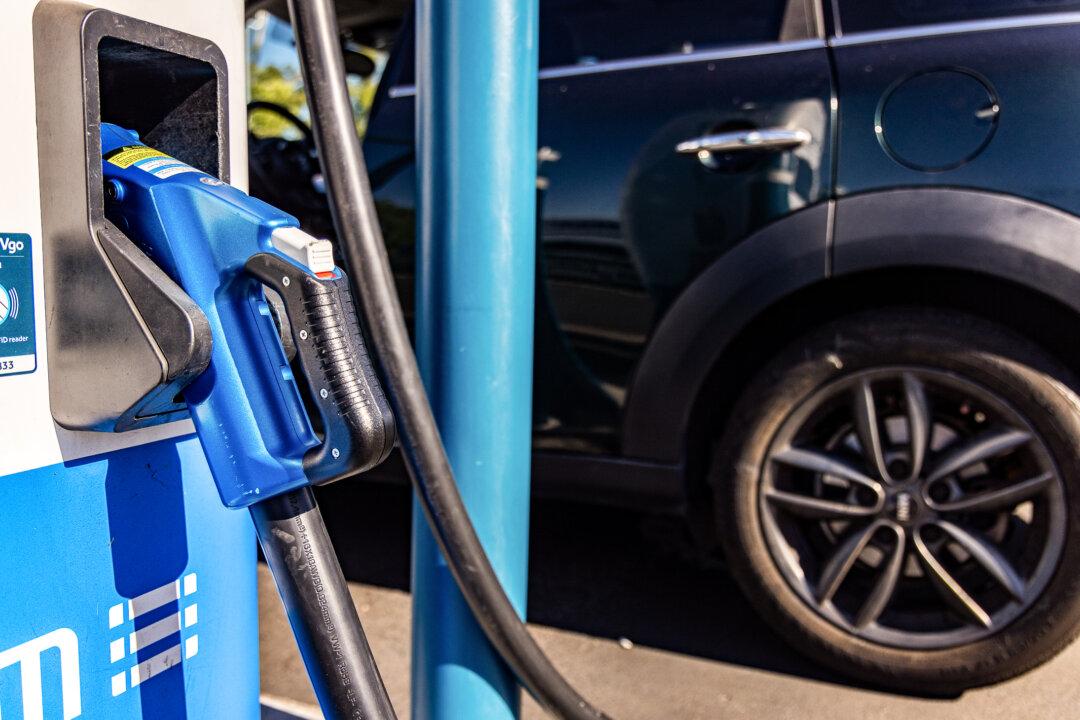With California facing a budget deficit of at least $45 billion, Gov. Gavin Newsom vetoed on June 14 a bill that would have provided rebates for consumers who convert their traditional automobiles into zero emission vehicles.
“While I share the author’s desire to further accelerate the state’s transition to [zero emission vehicles,] this bill creates a new program at a time when the state faces a $44.9 billion shortfall for the 2024-25 fiscal year,” Mr. Newsom said in a veto letter sent to the Legislature. “Additionally, there is no funding currently identified or available in the state budget to support this new program.”





